Boeing sent two astronauts into space. Now it needs to get them home
Problems with leaks and thrusters emerged after Starliner launched with astronauts Barry Wilmore and Sunita Williams on board.
Boeing succeeded in getting NASA astronauts to the International Space Station, following weeks of delays. Returning them to Earth on the same spacecraft is proving another challenge.
Problems with leaks and thrusters emerged after Boeing’s Starliner vehicle launched this month with the astronauts Barry Wilmore and Sunita Williams on board. Officials from the aerospace company and the National Aeronautics and Space Administration said Tuesday that the astronauts are slated to return June 26.
With the latest postponement, the astronauts would spend about 20 days in space, more than double the roughly eight days originally planned.
Starliner has been pinned down by two main issues: a series of helium leaks in a propulsion system and problems with several thrusters that are used to manoeuvre the vehicle. NASA and Boeing teams have been studying both issues before they permit Starliner to attempt to leave the station with Wilmore and Williams, re-enter Earth’s atmosphere and land under parachutes.
“We’re taking a little bit of extra time to work through what we’ve seen and make sure we have all the plans in place to bring the crew home,” Steve Stich, a NASA program manager, said Tuesday.
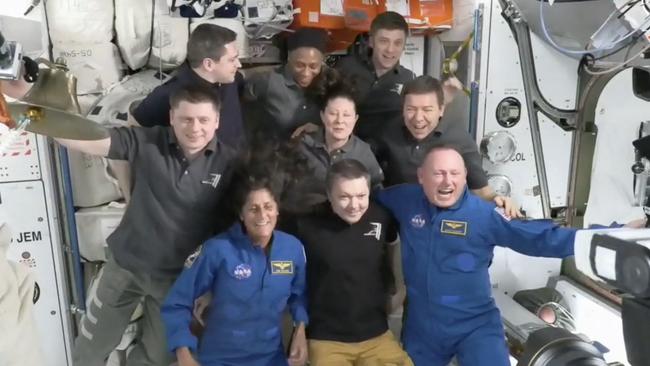
The space station has at least four months of reserves for food and other consumable items for astronauts on board, NASA officials have said. Starliner could stay docked at the station for a total of 45 days, though ultimately it aims to stay there for six-month missions, they said.
Extended stays at ISS have happened before. In September, the NASA astronaut Frank Rubio returned to Earth after spending more than a year at the facility, a record-breaking flight for an American. His return was delayed after a micrometeorite poked a hole in his Russian-made return vehicle and Russia sent up another ship.
Starliner is able to ferry crew members to Earth in an emergency, Stich said. He added that teams want to analyse Starliner and its technical challenges as much as possible while it is at the station.
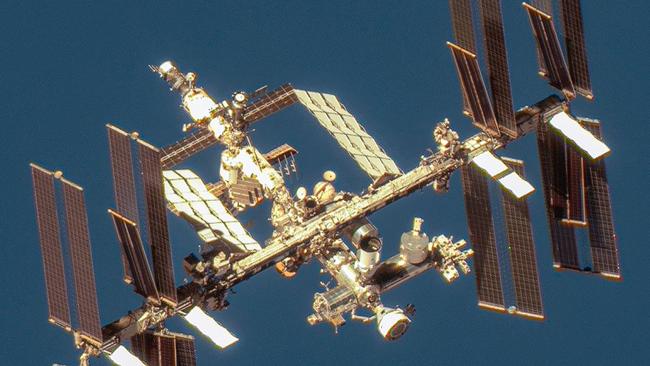
The press briefing happened on the same day Boeing Chief Executive David Calhoun testified before Congress and apologised for ongoing quality issues at the jet maker and to families who lost relatives in a pair of 737 MAX crashes.
The Starliner delay is a fresh setback for Boeing, which had hoped to conduct its first astronaut flight years ago. Boeing is under contract with NASA to conduct six more crewed flights to the space station if it secures agency certification for the vehicle.
SpaceX has flown cargo to the space station for years and completed its inaugural astronaut mission for NASA in 2020.
Mike Leinbach, a former launch director for the space shuttle at NASA’s Kennedy Space Center, said mission managers won’t let Starliner return to Earth with the astronauts if the vehicle could pose any risks to them.
“This one has a few more issues than I would have expected,” Leinbach, who isn’t involved in the Starliner mission, said.
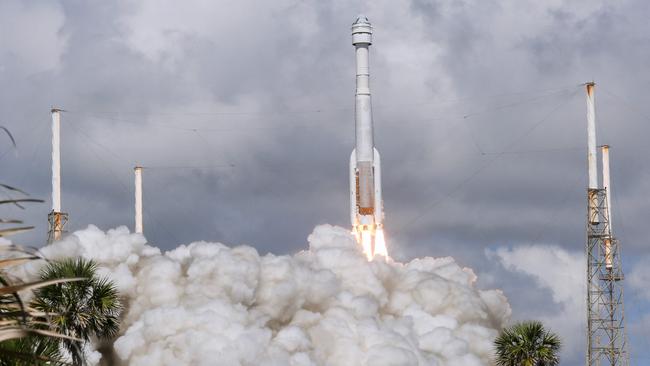
“We hoped for a clean flight, but we didn’t get one, and we’re dealing with it. They’ll figure this out.” The Starliner crewed flight has pulled off 77 of 87 test objectives so far, Mark Nappi, a Boeing vice president overseeing the Starliner program, said during the briefing.
NASA and Boeing are investigating five helium leaks identified in the vehicle’s service module – a propulsion system that includes thrusters. One was noted before the flight began.
Starliner needs about seven hours of helium on board to finish the flight, and has about 70 hours remaining.
Five thrusters on Starliner temporarily failed as the vehicle made its final rendezvous with the ISS, but four came back online. Stich said one thruster will be shut off for the remainder of the mission.
Dow Jones

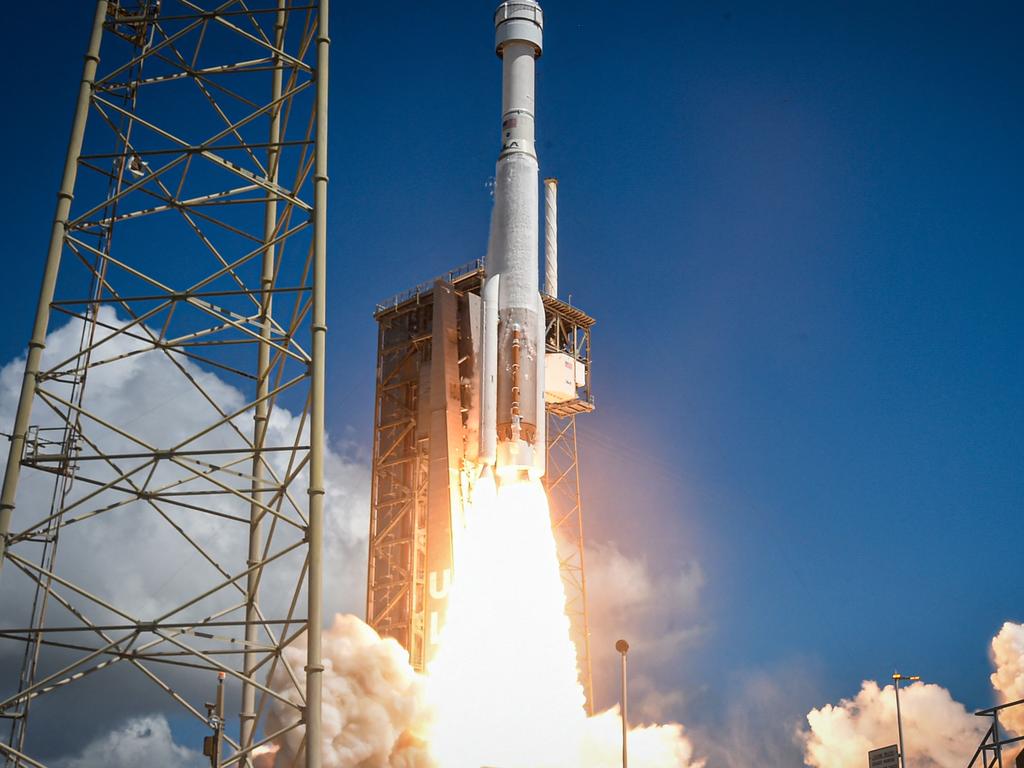
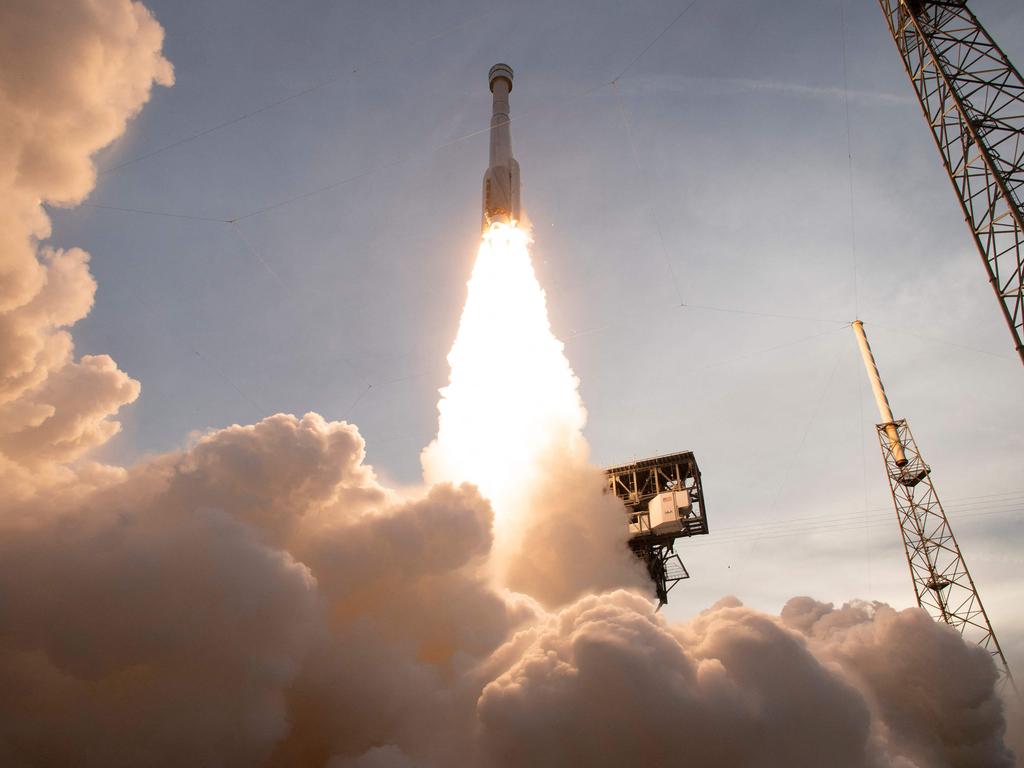




To join the conversation, please log in. Don't have an account? Register
Join the conversation, you are commenting as Logout